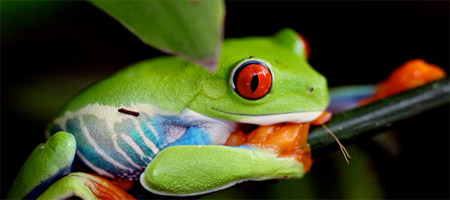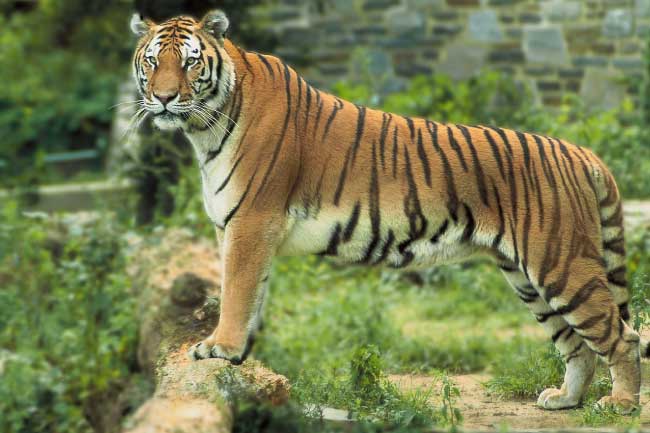ANIMALS OF THE RAIN FORESTS
 DIFFERENT ANIMALS OF RAIN FORESTS
DIFFERENT ANIMALS OF RAIN FORESTSTHERE ARE OVER 1 MILLION SPECIES F ANIMALS IN THE RAIN FORESTS.

Rainforests are tremendously rich in animal life. Rainforests are populated with insects (like butterflies and beetles), arachnids (like spiders and ticks), worms, reptiles (like snakes and lizards), amphibians (like frogs and toads), birds (like parrots and toucans) and mammals (like sloths and jaguars).
Different animals live in different strata of the rainforest. For example, birds live in the canopy (upper leaves of the trees) and in the emergents (the tops of the tallest trees). Large animals (like jaguars) generally live on the forest floor, but others (like howler monkeys and sloths) are arboreal (living in trees). Insects are found almost everywhere.
Many species of rainforest animals are endangered and many other have gone extinct as the number of acres of rainforests on Earth decreases.
Protection from Predators
Animals are always in danger of being eaten and have developed many methods of protecting themselves from hungry animals.
- Hiding: Some animals simply hide from predators, concealing themselves in burrows, under rocks or leaves, in tree hollows, or in other niches where they are hard to find.
- Camouflage: Camouflage is another way of hiding in which the animal blends into its environment. Many animals, like the "walking stick" insect and the Indian Leaf Butterfly (Kallima inachus) are camouflaged so well that they are virtually invisible when they are standing still. Sloths are covered with a greenish layer of algae which camouflages their fur in their arboreal environment. Sloths also move very slowly, making them ever harder to spot.
- Scaring predators: Some animals try to convince predators that they are bigger and more fierce than they really are. For example, the larva of the lobster moth (Stauropus fagi), whose larva looks like a scorpion, but is in fact completely defenseless. Many butterflies have large "eye" designs on their wings. This makes them look like the head of a very large animal instead of a harmless butterfly, and scares many predators away.
- Warning colors: Poisonous animals openly advertise their defense methods, usually with bright colors and flashy patterns. When a predator eats one member of the group, it will get sick.
This memory will stay with the predator, who will avoid that type of animal in the future. This method sacrifices a few individuals in order to protect the entire group. Examples of poisonous animals include the Monarch butterfly. Other animals (poisonous or not) have come to mimic poisonous butterflies, obtaining the benefits of their poisonous "twins." This is called mimicry.
this is a video of different animals of rain forests.
Comments
Post a Comment